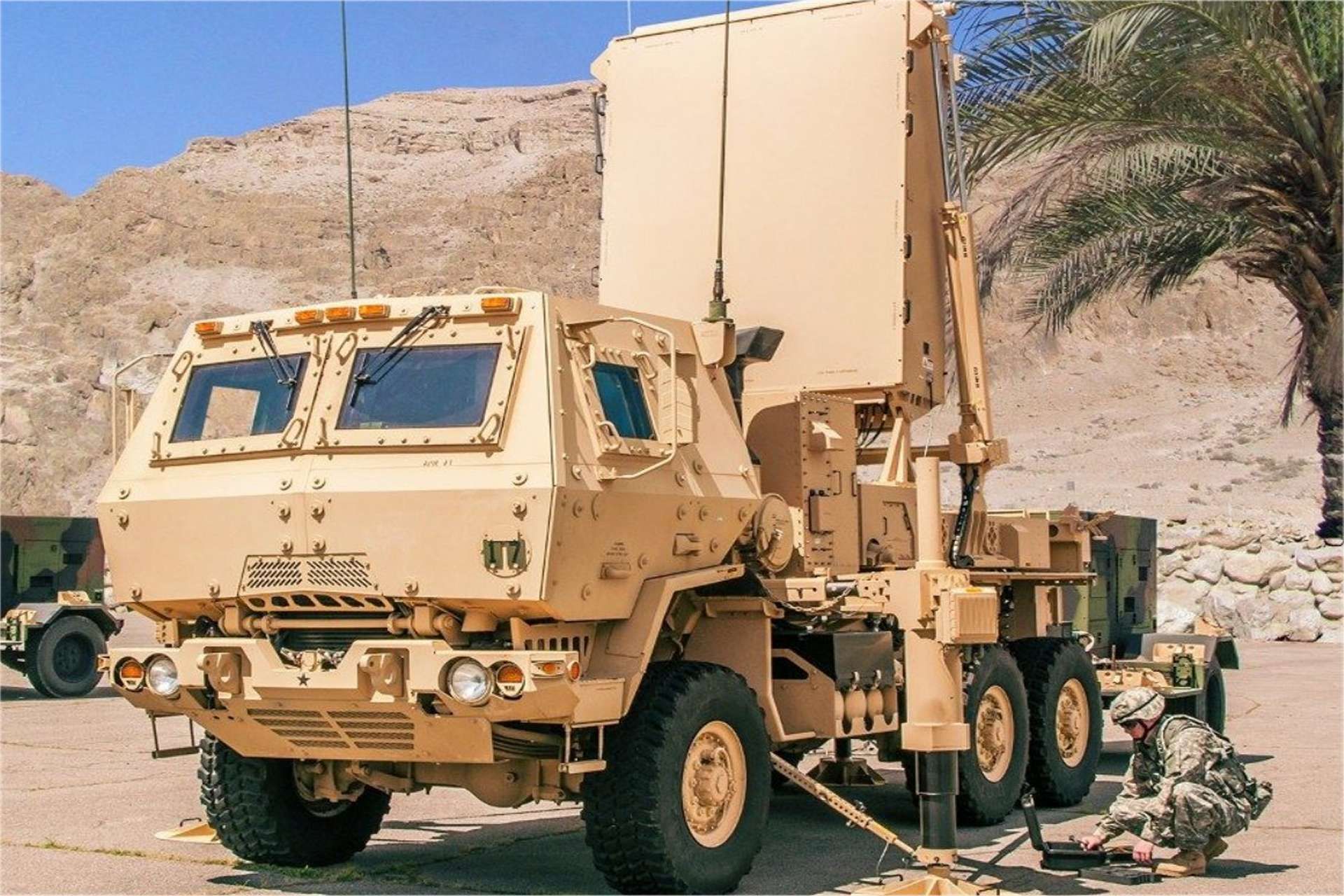Breaking News
Lockheed Martin Integrates Q-53 Radar with Anduril’s Lattice C2 to Counter Drones.
On November 13, 2024, Lockheed Martin, in partnership with Anduril Industries, demonstrated advanced capabilities in drone detection and tracking through the successful integration of the Q-53 Multi-Mission Radar (MMR) with Anduril’s Lattice Command and Control (C2) platform. This breakthrough occurred during the Desert Guardian exercise, organized by U.S. Central Command (CENTCOM) at Fort Drum, a key test for counter-drone technologies designed to address emerging threats.

Lockheed Martin, in partnership with Anduril Industries, integrated the Q-53 Multi-Mission Radar (MMR) with Anduril's Lattice Command and Control (C2) platform, demonstrating advanced drone detection and tracking capabilities. (Picture source: Lockheed Martin)
The Q-53 radar, renowned for its multi-mission capabilities, seamlessly integrated with Anduril’s Lattice C2 system during the exercise, creating a unified aerial picture that enhances situational awareness and decision-making. “The successful integration of the Q-53 MMR and Lattice illustrates Lockheed Martin’s valuable partnership with the U.S. government and our industry partners, enabling us to deliver tailored solutions for our customers,” said David Kenneweg, Director of Multi-Mission Air Defense Radars at Lockheed Martin. The synergy between the radar and the C2 network not only improves detection and tracking capabilities but also allows operators to respond more quickly and effectively to drone threats.
The Desert Guardian exercise demonstrated the system’s ability to streamline data sharing and integrate multiple sensors into a unified operational framework, a crucial element in addressing modern battlefield challenges. The success of this collaboration highlights Lockheed Martin and Anduril’s commitment to innovating counter-drone solutions to meet CENTCOM’s urgent operational needs. “We are adapting to our customers’ missions and developing capabilities that will benefit operators,” Kenneweg added, emphasizing the importance of rapid deployment and real-time operational utility.
Lockheed Martin’s Q-53 Multi-Mission Radar was developed to meet the growing need for detecting and tracking aerial threats, including drones, artillery shells, and rockets. First introduced in 2010, the system has evolved to incorporate multi-domain capabilities and advanced algorithms, enabling rapid detection and 360-degree coverage in complex environments. Meanwhile, Anduril’s Lattice C2 system, launched in 2017, is an AI-driven command-and-control platform designed to provide a unified operational picture in real-time. Its open-architecture design allows for rapid integration with various sensors and systems, a key advantage for modern defense missions.
The Q-53 radar can detect, track, and classify up to 1,000 targets simultaneously within a 60 km radius and 360-degree coverage. Designed for deployment in under five minutes, it delivers agile and precise scanning capabilities essential for intercepting fast-moving threats such as drones, rockets, or artillery shells. On the other hand, Anduril’s modular Lattice C2 platform can handle data streams from hundreds of sensors and systems simultaneously, with a processing latency of less than one second. Powered by advanced AI algorithms, it generates a real-time operational picture, enabling operators to make critical decisions with increased efficiency in dynamic environments. This robust integration optimizes detection, tracking, and response capabilities to address complex threats.
Looking ahead, Lockheed Martin will participate in a new exercise organized by CENTCOM at a base in the Middle East to continue refining this integrated solution. This effort aims to provide operators with enhanced situational awareness in high-risk environments, ensuring comprehensive counter-drone capabilities tailored to modern threats.


























